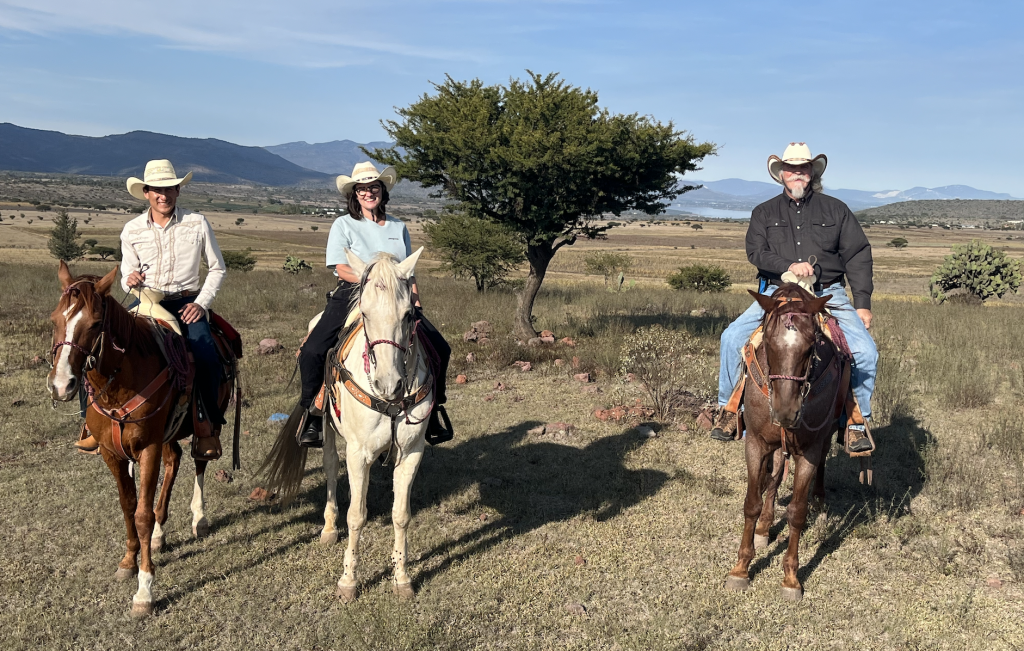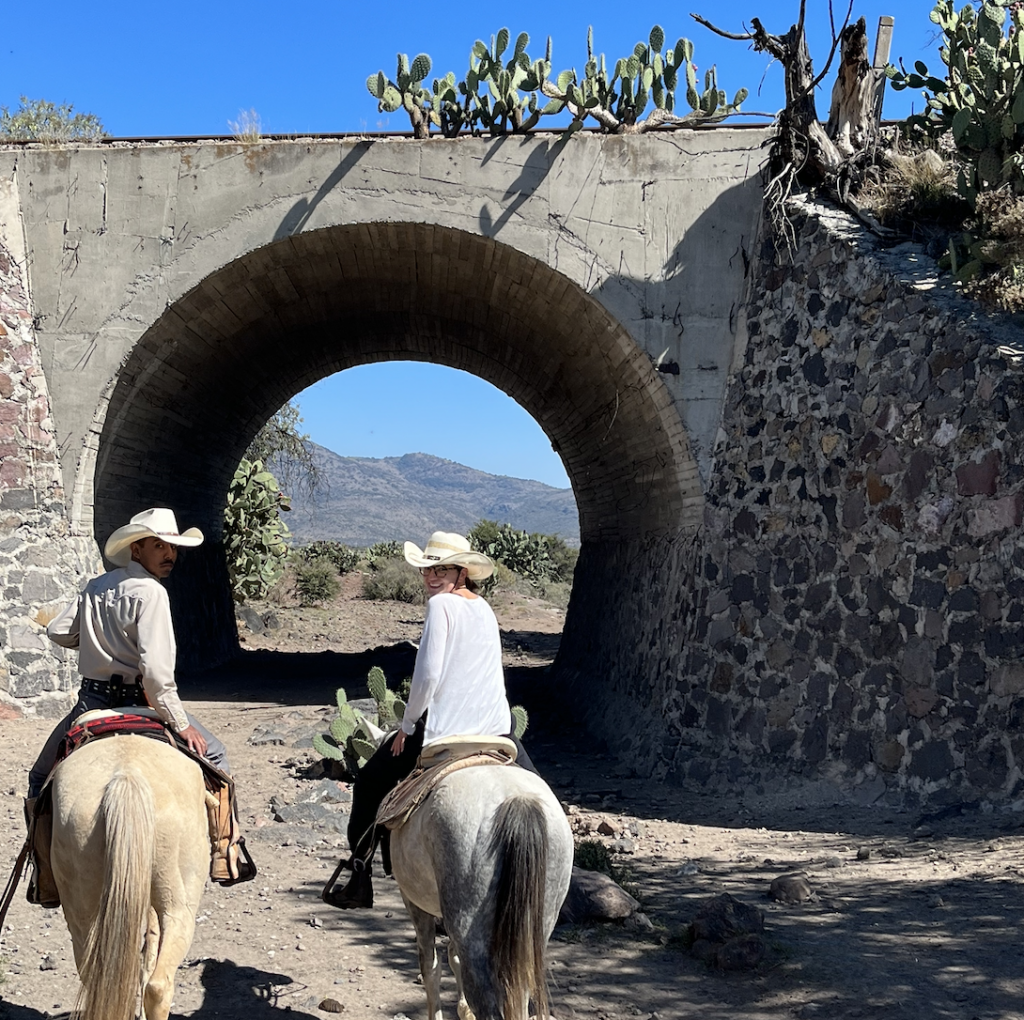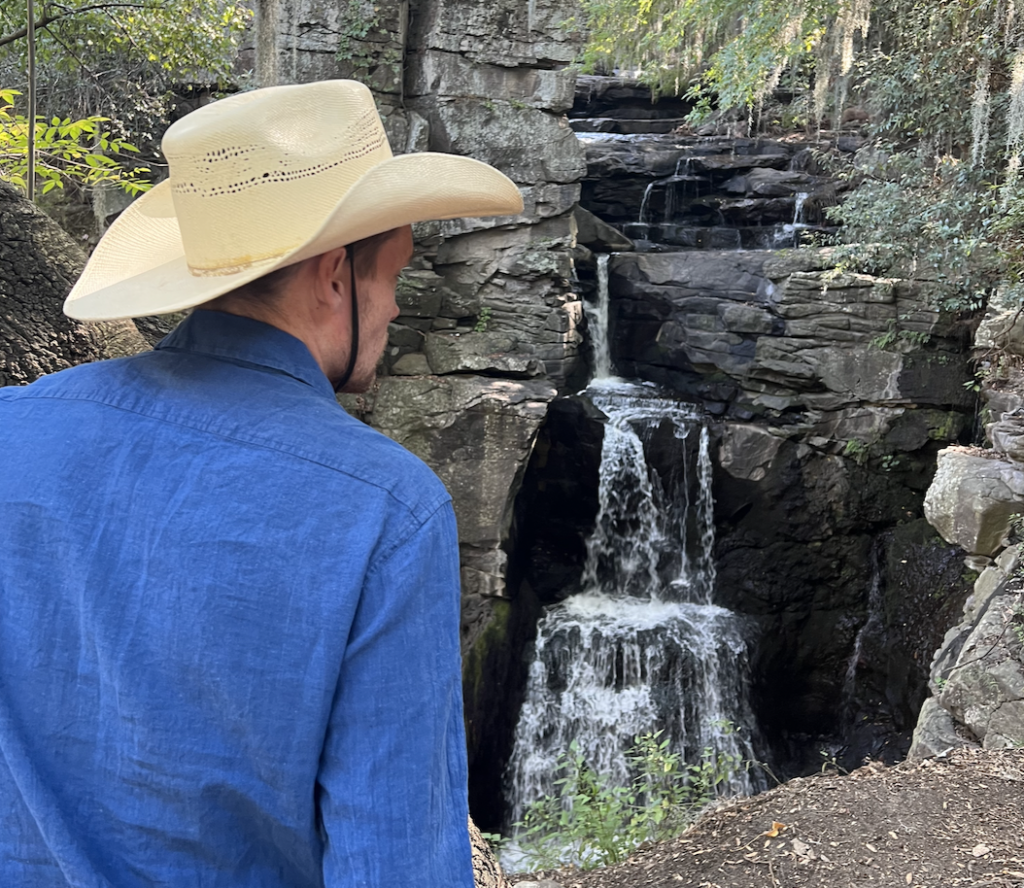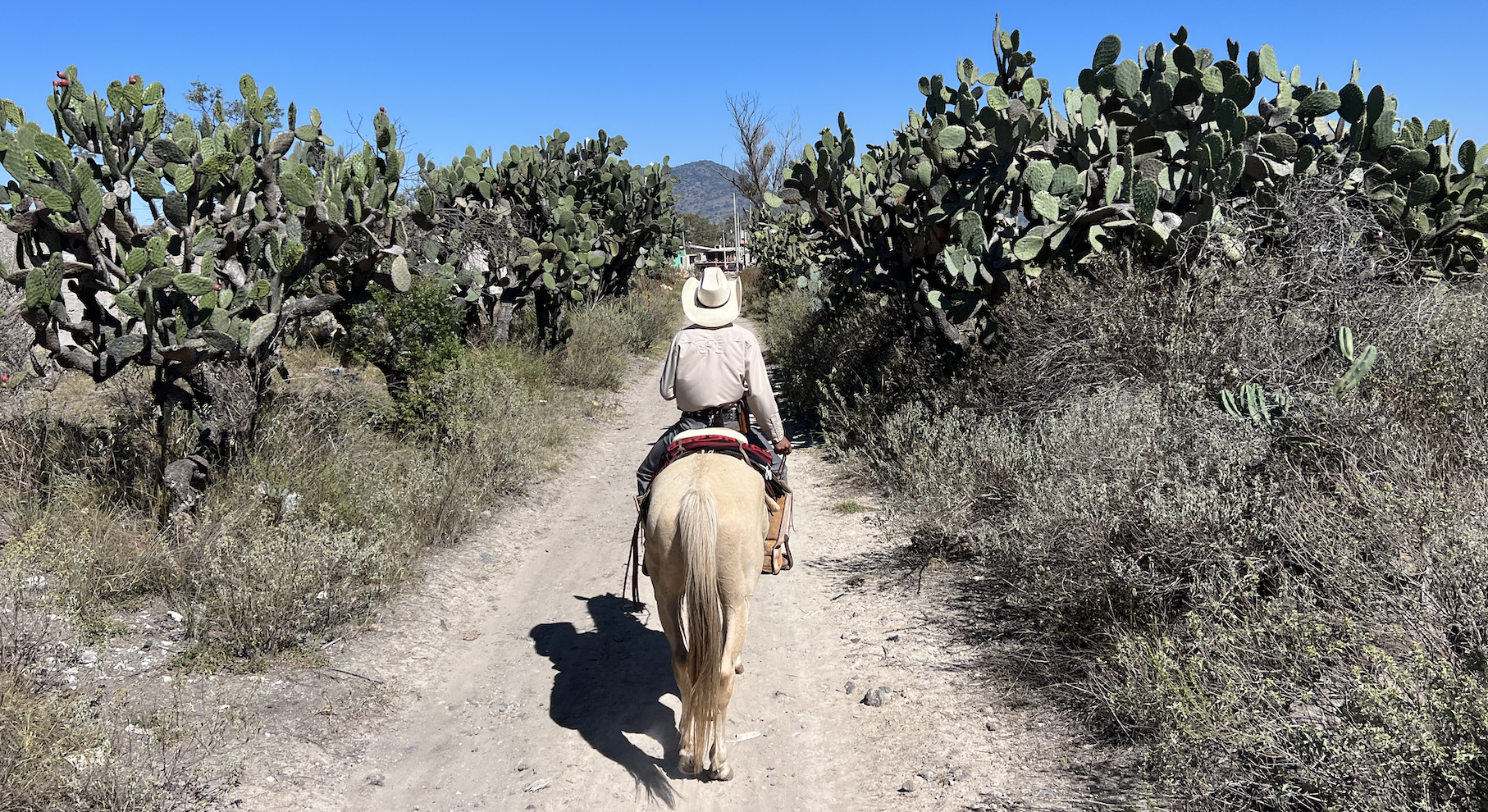“Listo?” My wide-eyed vaquero shouted with a nod of the head. A young 22-year-old, Juan, was asking if I was ready to go faster. I was. My dappled grey criollo lurched into a canter, my sombrero eager to take flight too, as we glided across the Mexican highlands. I spent a couple of days at Rancho las Cascadas, where they had 22 criollos ready for me to explore the countryside.
An hour and a half from the chaos of Mexico City, Rancho las Cascadas is found in the quiet calm of the countryside on the Mexico and Hidalgo region border. Car horns and street salesmen are replaced with bleating sheep and thunder of horses hooves.

I cast my eye across the twenty-two criollos of all sizes, shapes and colours – there were bays, grays, dunns and a token palomino – with pricked ears and calm temperaments. The criollos in Latin America come from the Pampas of Argentina, Uruguay and Brazil, as they had initially been brought over by Spanish explorers. Now, they are the most commonly found breed of horses in Latin America. On a trip to Argentina I had ridden a couple gaucho-style, so I was excited to get to know their Mexican relatives. It was, however, my partner Mark’s first time on a horse – would he enjoy it?
We were shown around the ranch by Hugo, the straight-faced manager, a friendly Belgian malinois rubbed up against me, this was Cali. She gave guests a warm welcome, willingly accompanying you everywhere, in return for a stomach rub.
It was time for lunch with a view, which was set in the shade of a large oak tree. The stone table was colourfully embellished with Mexican tiles and there was trickling from the waterfall at the bottom of the terrace. We had fresh guacamole with tortillas along with varying degrees of salsa picante to top our prawn tacos. Here we met our ranch mates, a retired couple from Chicago – Jim, who competed in mounted shooting and his wife Nancy – and Misty from Kansas who couldn’t wait to canter.

For our first afternoon ride, we split into two groups – vaquero Romero took the novices, vaquero Juan those of us that were happy to canter. My horse, a grey called Casper who was nonchalant until he sprung into movement. At first I wasn’t used to the deeper American saddle, we didn’t get straight into gear – I bobbed awkwardly as he transitioned slowly from a bouncy trot to a slow canter.
As the afternoon went on and we became accustomed to each other, I was reminded of the joy of seeing the country from the saddle. We rode between the fields of maize – ready to be picked, come September – enormous prickly pear trees, and cautiously tip-toeing around pyres of fire ants. That evening we recanted our ride and our horses over margaritas and calabaza soup and enchiladas.

In the morning, we rode together with vaqueros Juan and Juesero. It was time to see what Mark had learnt on day one. I jumped atop the stallion Mercurio on our ride to Carranza, and Mark looked comfortable on his steed. We passed ambling farmers with weathered faces, herding cattle with their calves. While dogs energetically looped flocks of sheep and their babes, as they moved to pastures anew.
Testing my rusty Spanish, Juesero and I discussed how life was as a vaquero, and the reliance of horses. He told me how horses are still used for work, whether that’s grinding the agave for tequila or ploughing fields. For celebrations, they put their best dress on and meet up in the fields, ride together and toast with tequila.
For our final ride, it was agreed we’d take a trip to the waterfalls, I had jet-black Amoris. A squeeze from my feet and a prick of the ears, Amoris’ head lifted as he sprung to life. Our route was flat, which meant it was perfect for cantering. Dust kicked up from the scorched earth and the quartet of hooves clip-clopped as we weaved around the shrub. I turned to Mark, who was beaming with a grin from ear-to-ear. He’d mastered cantering and looked exhilarated.

Approaching a large Sabino tree – the Mexican national tree – its drooping arms covered in foliage theatrically parted like a curtain welcoming us into the waterfalls. We followed the trickling river until we reached the main fall, where we dismounted. On Sunday’s, the waterfalls is a popular hangout for locals. Large vats of slow-cooked meat was being stirred in preparation. It only seemed natural to share a michelada – the Mexicans answer to a Bloody Mary – with our vaqueros and ranchmates to end a pretty perfect couple of days atop criollos.
I stayed at Rancho las Cascadas for two nights. From the UK, you can fly direct to Mexico City with British Airways or Aeromexico. From the airport, it’s then a two hour drive to the ranch.
